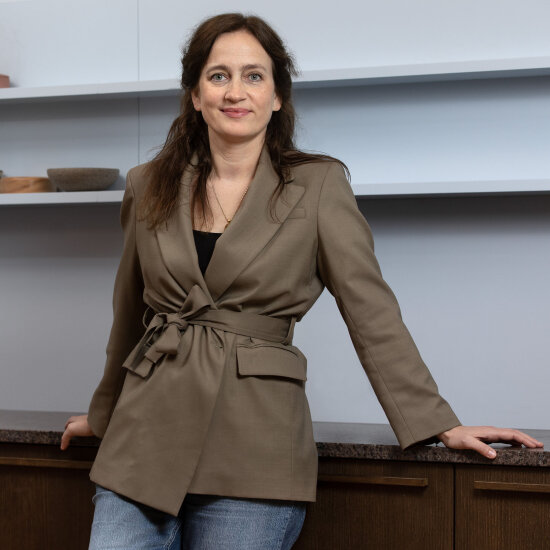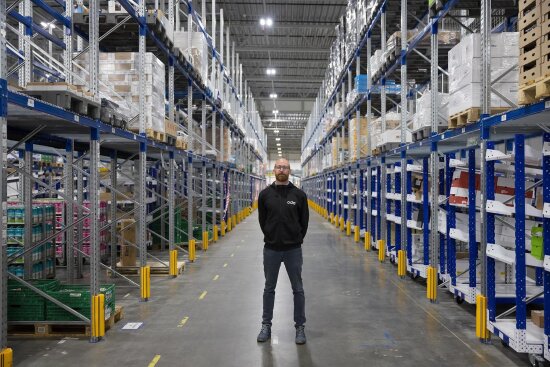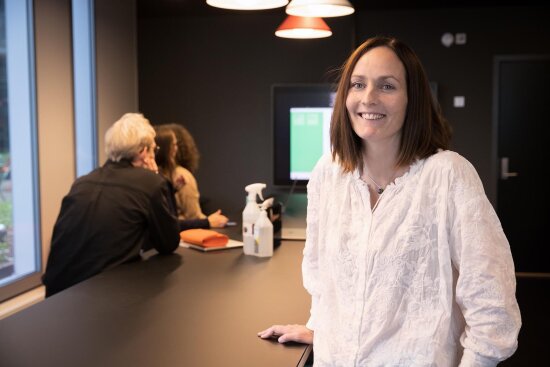Finding user-friendly and innovative solutions to real challenges is the essence of good design. Not only can this make our day-to-day lives easier by way of better products and services, but design methods such as service design can help us solve major societal challenges.
However, good design does not come about by itself. It takes awareness, knowledge and, above all, a purposeful and methodical approach.
Here are seven reasons why this is a method and approach that more people, by reason of the industry or the sector they work in, should open their eyes to.
1. Design starts with a problem, not a solution
Entrepreneurs often have an amazing idea and a brilliant solution. But the question is whether this even solves the right problem.
Thinking like a designer is about starting at the right end – with the problem, not the end result.
“If you have a good idea, it’s easy to want to rush it out to market without first testing it on potential users. Is this something people actually need?” asks Anne Elisabeth Bull, head of design-driven business development at DOGA.
“Although you want to reach your goal as quickly as possible, that approach doesn’t always pay off.”
Vipps is a product that is imbued with design principles from service design.
2. Putting users first yields better results
Design is about involving users from the outset and finding out what they actually need. This results in better products and services.
“The best loved services in Norway are characterised by good service design. Flytoget and Vipps are two good examples of pioneering companies that have built their services on good design.”
Flytoget and Vipps have worked arduously to create good user experiences while catering for actual needs, be this the ability to pay quickly using your mobile or getting to the airport with ease.
“This method increases a company’s competitiveness. We know that. Companies that are good when it comes to design grow more quickly and more profitably,” says Anne Elisabeth.
A study by McKinsey supports this. When the consulting firm studied 300 companies in various industries and countries, it found that companies that were leaders in design grew three times faster than the average in their industry. And their returns were almost twice as high.
“Ultimately, it’s the user who will love your product. So if you don’t listen to them, you’ll lose out and erode your profitability,” says Marit Helgesen, a service designer at Vipps.
The payment solution now has nearly four million users, and much of its success is down to an uncompromising focus on the user experience.
“Design is so ingrained here that I think we’re forgetting that it’s a separate methodology. But hand on heart, I can say that Vipps is a product that is completely characterised by the design principles of service design,” Marit says.
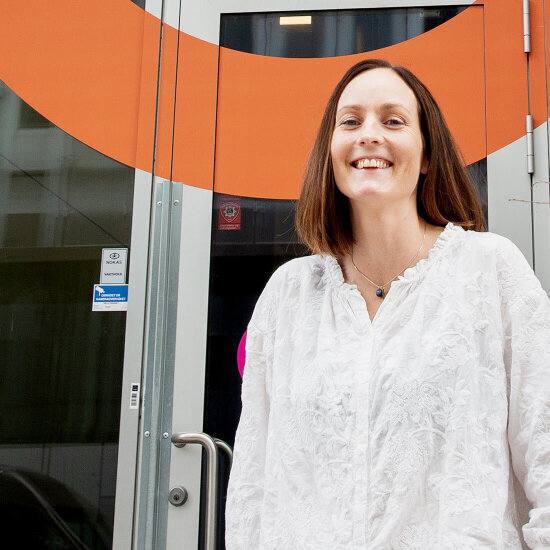
Photo: Cameron MacPhail
3. … in governmental bodies, too
In addition to contributing to growth in the business sector, the method can be used to improve the user experience in the public sector, such as in the healthcare system.
Example: Ten years ago, people encountered long waiting times for breast cancer diagnoses at Oslo University Hospital (OUH). Patients had to live in uncertainty for up to three months before being told whether the lump in their breast was cancerous or not.
With the help of service design, waiting times have been reduced by as much as 90 percent.

Photo: Cameron MacPhail
“In order to solve the problems and make changes, we needed someone who was curious and not already familiar with the subject. In my 35 years in the healthcare system, I’ve never met anyone better suited to the task than service designers,” says Andreas Moan, who was involved in the OUH project at the time.
He’s project director at South-Eastern Norway Regional Health Authority and has had a long career as both a doctor and a researcher.
“Service designers take the time to listen, and they’re uniquely curious. This helps to make patients’ voices heard more clearly.”
Although design is being used in the healthcare sector more than before, Andreas feels that the method should be used more widely:
“Service design should be used much, much more in the healthcare system,” he says.
4. Design provides visibility in a blind spot for many companies
Who starts up and runs most businesses in Norway? According to Anne Elisabeth, it’s economists, technologists, and lawyers.
These are professionals with a lot of knowledge in their fields, but they’re not necessarily experts on humans – that is to say, users. By bringing designers to the management table, we can focus on people and their needs.
“It’s not enough to just be good at technology and economics. You have to be good with people, too. Not everyone has understood that design affects profitability and customer satisfaction. But by including users, your business will make more money,” she says.
She cites Apple as an example. The technology company has long been a pioneer of service design in an industry that has not always been known as particularly user-centred.
“Apple took users on a journey they’d never experienced before. They made everything so easy for the users. Suddenly we came to what we felt was the ‘front’ of the computer, not the ‘back’. They took users seriously and used design to effectively connect people with technology.”
5. Design reduces risk and increases hit rates
In Norway, fewer than 30 percent of newly established enterprises survive their first five years, according to Statistics Norway. If you involve users from the start, you’re less likely to lose sight of what your target audience needs.
Testing your product or service with customers enables you to adjust it and cut any unnecessary features before launch.
“An idea is not validated until you’ve tested it on your users. Design involves users throughout the process and removes several of the things that cause many startups to fail,” says Anne Elisabeth.
6. Design creates more innovation
“Service design made it easier for us to start from the back – that is, with what we should actually offer the customer. From there, we could work towards solutions to make it work,”
says Mike Jones, head of user experience design at Oda. Service design is a cornerstone of Oda’s business model. Jones explains how visualisation and user testing have been used from the outset.
“By starting with the ideal user experience, service design improves the product much quicker. If you work ‘backwards’, you’ll find out more easily which systems and procedures are needed at the back, and you can prioritise what’s most important,” he says.
The fact that design creates more innovation is supported by a report produced by Menon Economics on behalf of DOGA. It looked at the results of the projects in DOGA’s design-driven innovation programme (DIP) and measured the impact of the programme on the companies that took part for three to five years after the projects ended.
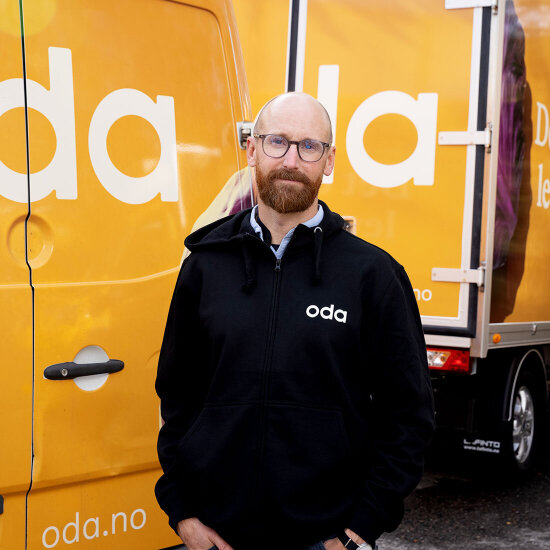
Photo: Cameron MacPhail
Oda has service design as a cornerstone of its business model, and has from the beginning worked with visualization and user testing.
The results show that design has increased the degree of innovation in the companies.
- Up to 80 percent stated that the project has resulted in a completely new solution that did not exist in the market before.
- 55 percent stated that DIP has greatly contributed to better market opportunities.
7. Design creates more inclusive services, which is good for everyone
“When you adapt your service for user groups that require extra adaptation, it’s good for everyone,” says Anne Elisabeth.
“The remote control was actually made for those who could not get to the TV to change the channel. But the remote control has made the user experience better for everyone. The same applies to a good user interface for an app, for example. Although young users may not need as simple a design as older users and the visually impaired, no one wants a really crummy design,” she says.
Anne Elisabeth believes that developers have a special responsibility to ensure that all users can participate in digitalisation. Good design is also a social responsibility.
If you can no longer pay your bills at the bank by giro, you have to make it easy for everyone to use digital banking services.
“It’s become more important than ever to involve all users. Service design isn’t just about creating economic value. It’s just as important to create societal benefits, such as inclusion and environmentally friendly solutions.”


